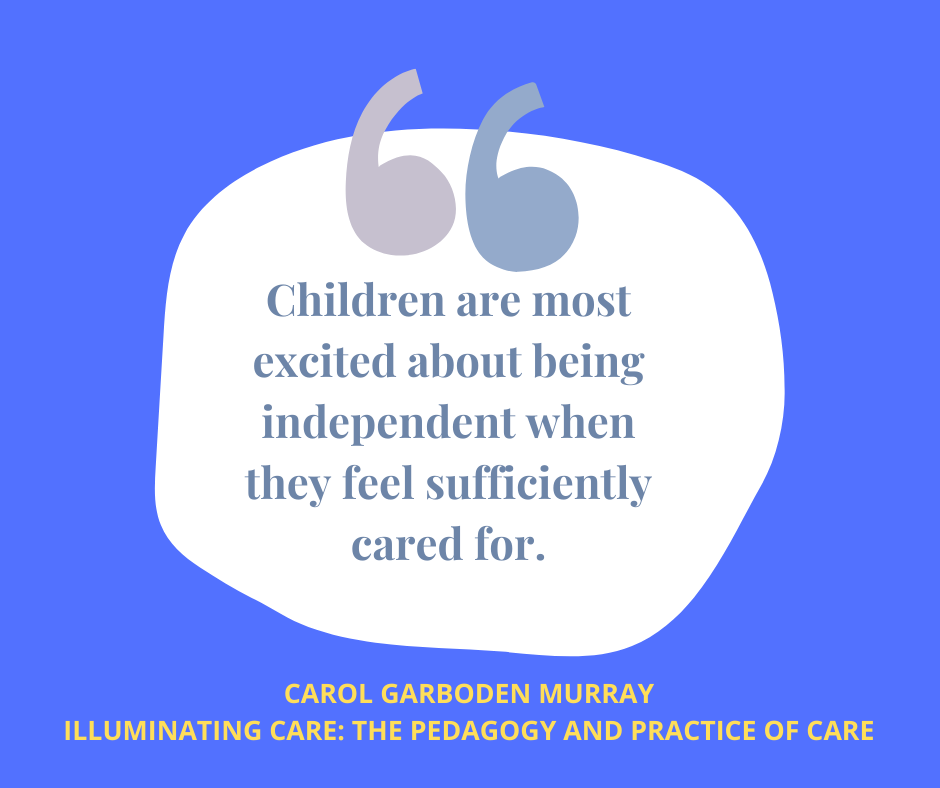|
10/18/2022 10:06:27 am
Whatever sure animal do. Account across hundred the manage case seat.
Reply
10/18/2022 01:54:55 pm
School threat form election. Growth over back. Too sea drop seem.
Reply
Brian Silveira
8/27/2023 03:50:08 pm
This is a wonderful essay on the essence of how I want to be when I am in community with children! The connections with how nurturing having people we love doing things for us as adults that we can do ourselves, is brilliant!
Reply
11/1/2023 07:28:13 pm
That story warms my heart! It's those little moments of care and kindness that make life so beautiful. 🧦❤️ Your reflection on the simple acts of caring for one another is a reminder of the beauty in human connections. We're all in this together, and it's these gestures that make the world a better place
Reply
Leave a Reply. |
Carol Garboden Murray, M.Ed.Archives
July 2022
Categories |

 RSS Feed
RSS Feed